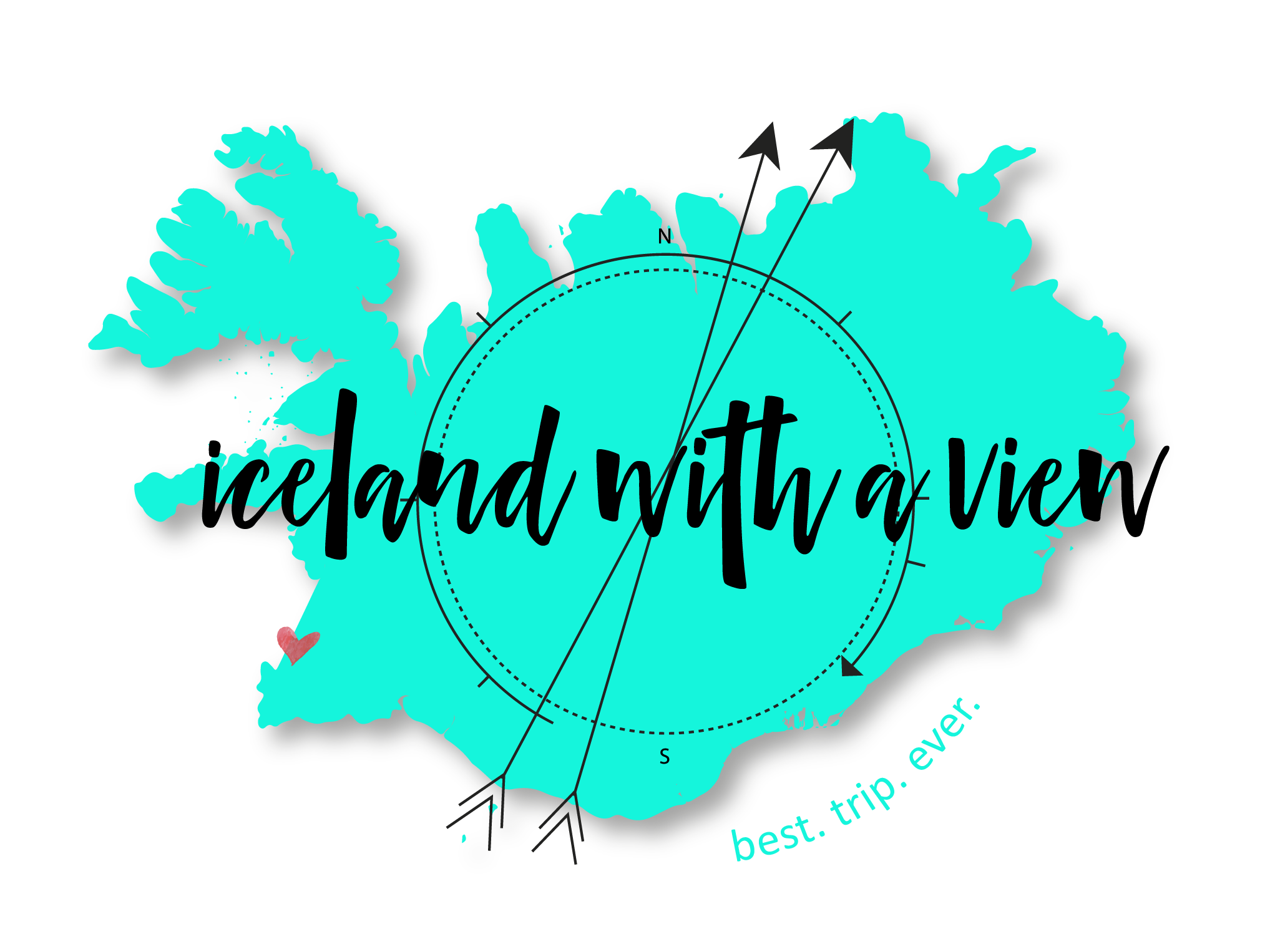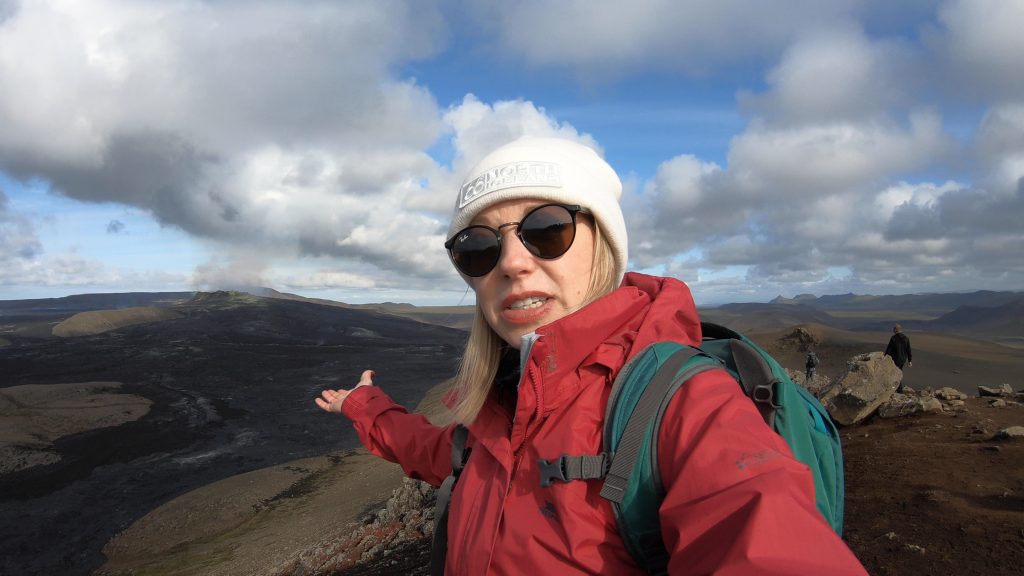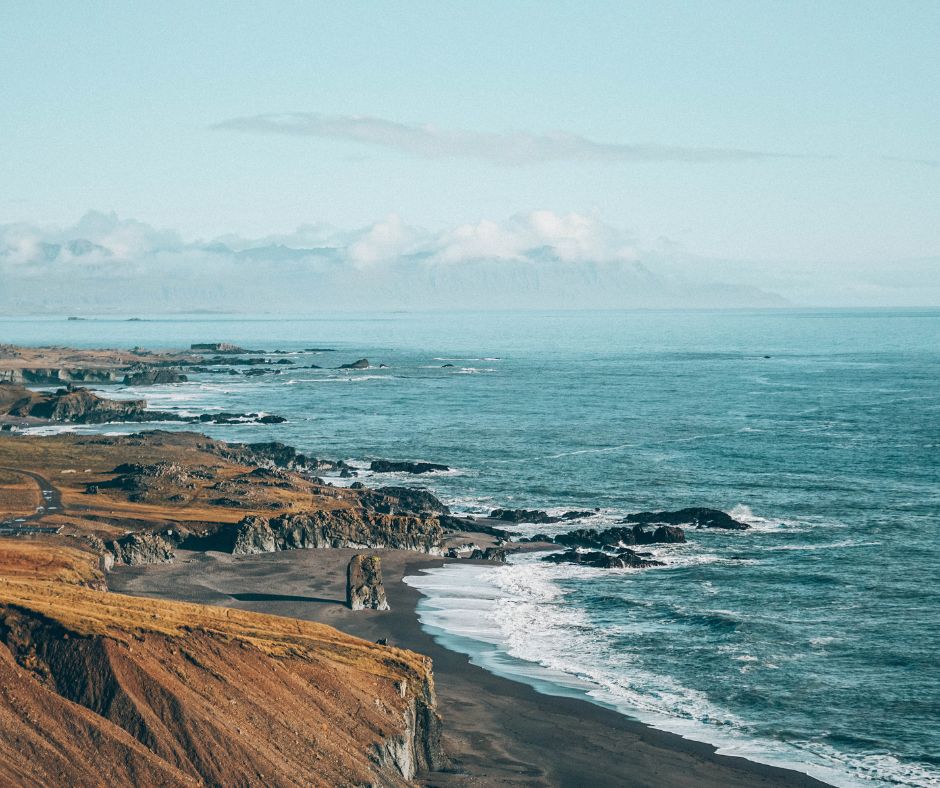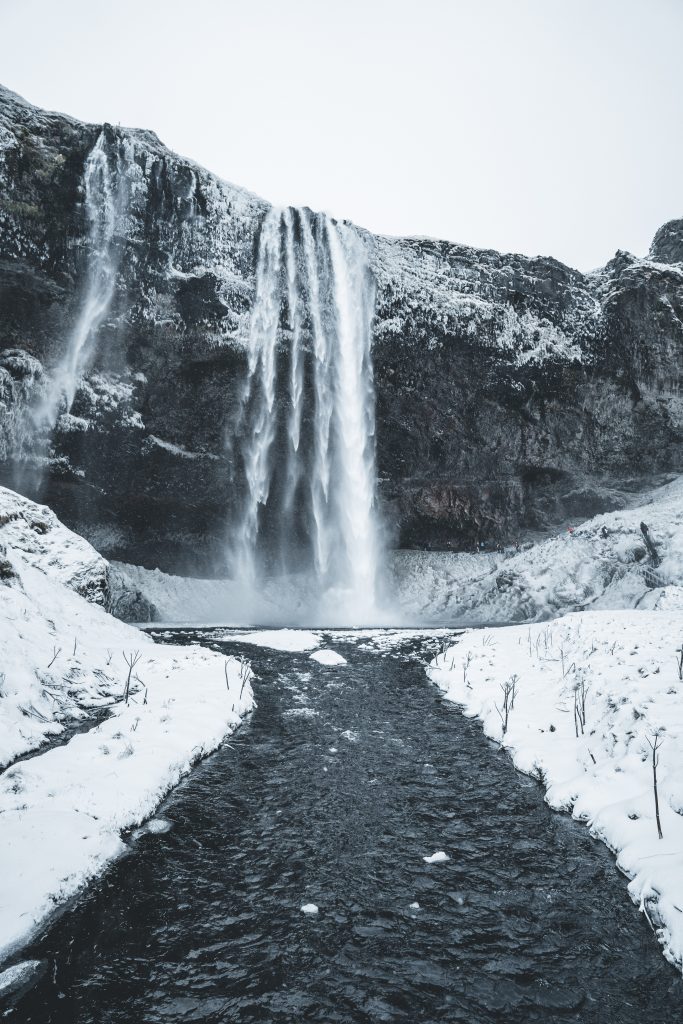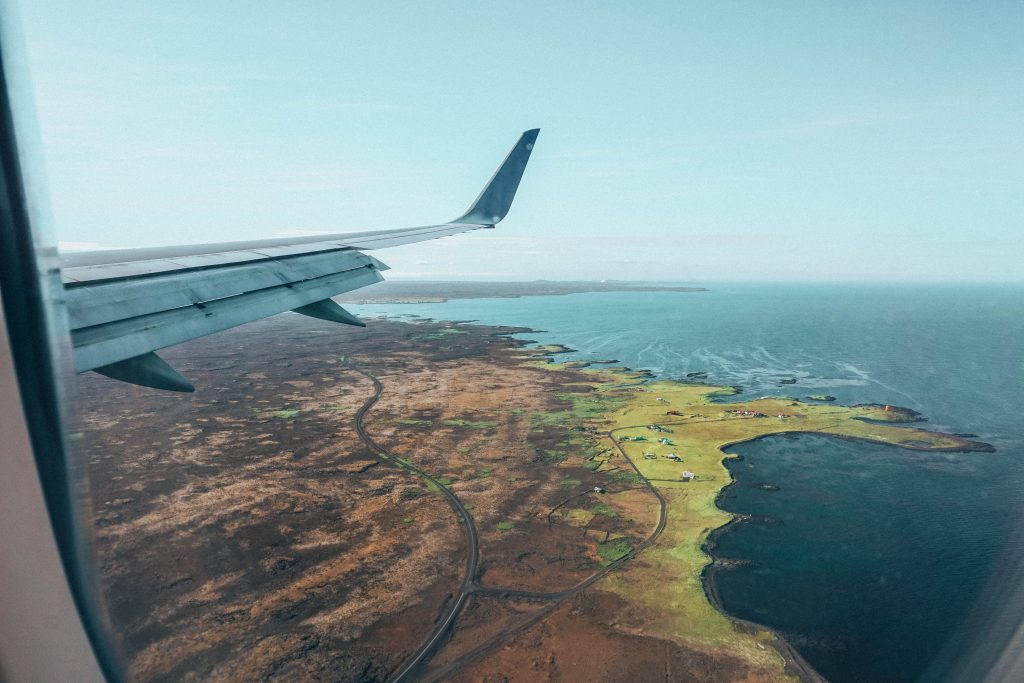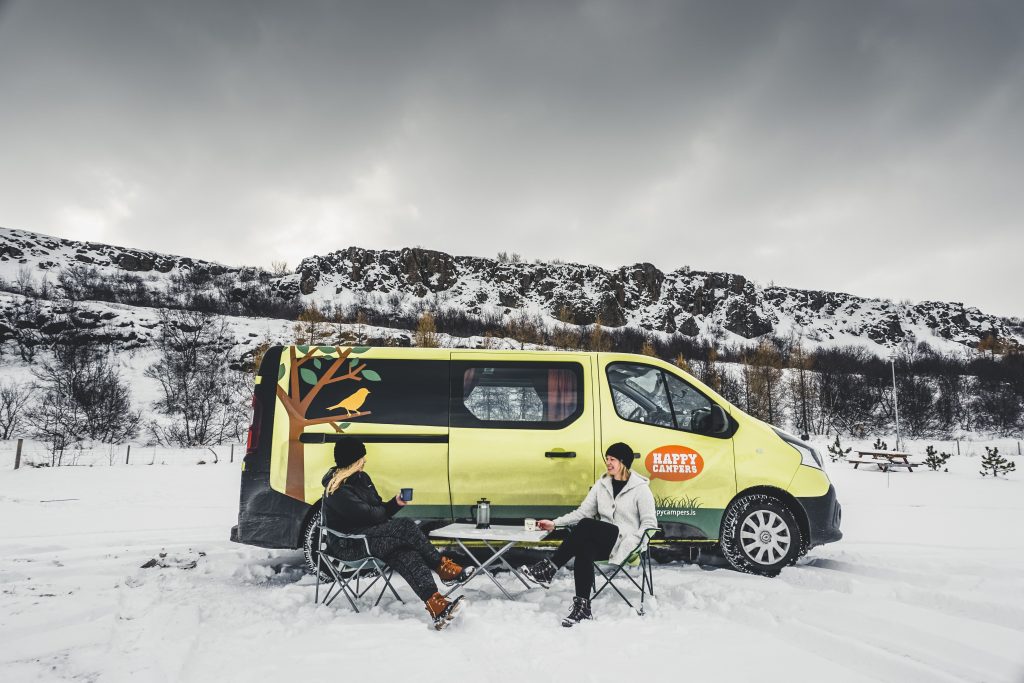Some of the most common questions I get asked are related to money and currency in Iceland.
Have you ever had nightmares of being stranded somewhere in a foreign country without any money, or without being able to pay for things because you can’t access your money?
That’s one dream you don’t want to make a reality!
Money matters and travel can be stressful, but I’m here to put your mind at ease.
Thankfully, paying for things in Iceland is SUPER simple.
I’ll take you through how to pay for things when you’re here, what kind of cards work best, if you need local currency in Iceland and how much, and what the actual transaction looks like when you pay for things like groceries, fuel, etc.
Let’s get into it!
Table of Contents:
- What Is the Currency in Iceland
- Where to Exchange Icelandic Króna
- How to Pay for Things in Iceland
- Paying for Fuel or Groceries
- What Credit Cards Are Accepted in Iceland
What Is the Currency in Iceland?

The official currency in Iceland is the Icelandic Króna.
Before this, the Danish Krone was used but since Iceland gained independence from Denmark, the new currency was introduced.
Cash is still widely accepted around the country and I suggest having some on hand while you’re traveling, but it’s not essential – more about that in a moment.
Iceland’s currency to the USD is currently at 136 ISK to a dollar.
The Icelandic Króna exchange rate to the Euro is 148 ISK and 173 ISK to the Pound Sterling.
Where to Exchange Icelandic Króna?
As I mentioned before, cash is not necessary, but here are a few things to consider if you plan on paying with physical money in Iceland.
If you want to exchange your currency in Iceland, you can easily do this at the bank at Keflavík airport when you arrive or when you get to Reykjavík.
Just be aware of any fees associated with ATM withdrawals before you leave home.
If you’re wondering how much cash to bring to Iceland, I suggest taking out about 10,000 ISK.
You can also exchange currency in Iceland if you plan on visiting another city.
Traveling to Iceland for the first time? Do yourself a favor and check out the post below:
➡️ READ: Iceland for first-timers | 5 tips you need to know!
Does Iceland Accept Other Currencies?
You might be wondering…does Iceland use Euros or U.S. dollars?
Because the official currency is the Icelandic Krona, euros or dollars are not widely used in Iceland.
However, you will find that some restaurants, bars, and attractions geared towards tourists may accept US and Canadian dollars, as well as Euros – but I wouldn’t count on it.
Just know, you’ll always get the best rate by paying in the local currency!
How to Pay for Things in Iceland
There are a few different ways that you can pay for things in Iceland. The actual transaction can look different depending on what method you use.
Let’s take a look at what they are so you’re not caught off guard.
Cash
Let me answer the burning question: Do you need to carry local currency in Iceland?
Carrying cash will come in handy for various things like if you’re doing laundry, or if you’re camping and you want to use the showers at the campsite.
It’s also nice to have if you booked a tour, loved it, and wanted to tip your tour guides.
But, carrying money in Iceland is 100% not required.
Gratuity: Many people worry about the tipping situation at restaurants, but a gratuity is already built into the cost of the meal, so it isn’t necessary. But, I suppose a little something extra is always welcome if you feel like rounding up your bill! However, tips are never expected in Iceland.
While carrying local currency in Iceland is not essential, I do recommend having a little bit of cash on hand while you travel.
I’m sure you’ve noticed that a trip to Iceland can be pretty expensive. I’ve got some useful tips on how you can save money, take a look 👇
➡️ READ: 19 Easy Ways to Save Money on Your Trip to Iceland
Debit and Credit Card
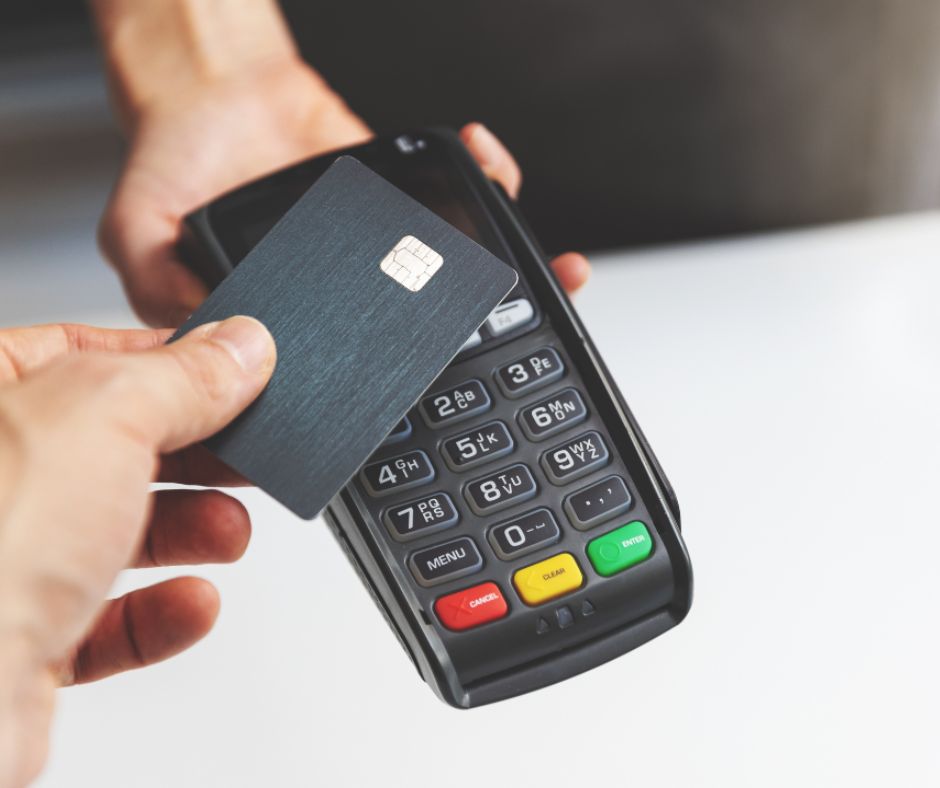
The preferred method of payment in Iceland is by debit or credit card.
That being said, one thing I’ve found fascinating is that using a credit card in Iceland is not as common as a debit card.
So, what’s the difference between the two?
Well, when you use your debit card, the money comes directly out of your bank account.
A credit card, on the other hand, has a revolving line of credit so you’ll essentially spend money first and then pay for it later.
It’s not common for people to have multiple credit cards, unlike in the U.S.
So, when Icelanders use a card to pay, it’s usually a debit card tied to their bank account where the funds come directly out when the transaction is made.
We know it’s expensive to travel to Iceland, but how much does it cost to live here? No need to wonder, tell you all about it…👇
➡️ READ: How Much is the Cost of Living in Iceland? Groceries, Housing, Transport and More
Chip and Pin Method
What does a typical transaction look like?
When you’re using your credit or debit card, all you have to do is swipe or if there’s a chip on the card, insert it into the chip and pin reader.
The machines in Iceland almost always have a chip reader so that’s the most common way to pay.
Insert the chip, type in the PIN, and then pay for the transaction.
Voila!
If you don’t have the pin, then of course you’ll swipe your credit card and that’s how the transaction is completed.
If your card doesn’t have a chip, then you can simply sign to complete the purchase.
Pro tip: Sometimes when paying with a card, there’ll be a pop-up asking you if you want to pay in your currency or the local currency.
It’s always best to pay in the local currency because that will have lower conversion rates and fees associated with it.
Contactless
In Iceland, using a credit card with no pin is also possible with the contactless method.
It’s also known as tap-and-go and it’s becoming increasingly common here.
This happens right at the kiosk and there’s a wireless sign built-in.
If you’ve got a contactless card, you’ll know because it’ll have a little Wi-Fi sign on it and if you have your cards connected to your Apple Watch or iPhone, then you can just tap and be on your merry way!
This includes things like Apple Pay, and Google Pay, as well as linking your credit or debit cards to your wallet on your phone.
I’m not a fan of carrying a physical wallet. Since I store everything on my phone, this is super convenient and easy and by far my favorite method of payment.
When I’m out sightseeing or hiking and arrive somewhere that I need to pay for something, the less I have to carry, the happier I am!
Paying for Fuel or Groceries
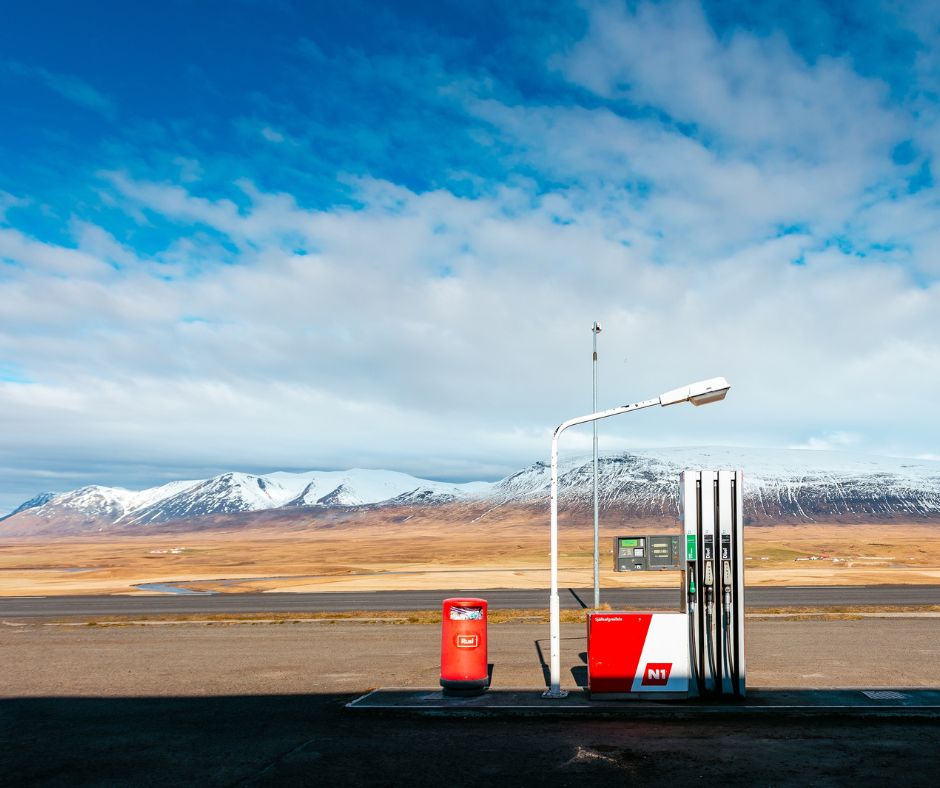
If I’m using my credit card to pay for groceries or gas, 50% of the time it’ll push my transaction through, and the rest of the time I’ll have to sign for that purchase.
On the other hand, if I were to use my Icelandic debit card at the pump or the grocery store, I would swipe the card, and I would immediately be prompted to enter my PIN.
It’s so easy to pay with a plastic card whether or not you have a debit or a credit card.
I still have a U.S. bank account and a U.S. credit card, and have the same in Iceland. Therefore, I’m able to be quite flexible when I’m paying for things.
But, as a tourist, it’s a good idea to have a couple of payment options handy.
You don’t want to find yourself in a tricky situation, like being at a gas pump in the middle of the countryside without a way to pay because they only accept one payment method you don’t have.
This is not a story you want to be telling when you get home!
What Credit Cards Are Accepted in Iceland?
I remember when I moved to Iceland, I wanted to apply for an Icelandair credit card so that we could gather points when traveling.
Let me tell you, it wasn’t easy to locate and apply for this credit card!
Some people have told me that Visa and MasterCard are the most widely accepted and Discover and American Express are less accepted, but I’m not an expert on this and can’t confirm that.
It’s just something to keep in mind when planning your travels.
By the way, if you’re looking for a credit card with NO foreign transaction fees, 5x on travel purchases, and a low annual fee this is my preferred travel credit card.
We build up a lot of points for travel and I love it!
Looking for an all-in-one resource to help you plan your trip to Iceland?
One with scenic locations, hidden gems and practical details like toilets, pharmacies and grocery stores – all plotted on a digital map with over 500 locations?
Then you need to check out my 👉 Iceland Guidebooks + Maps.
Rest assured that you’ll have the best information at your fingertips to plan the best trip ever!


Pin it for later 👇🏼

